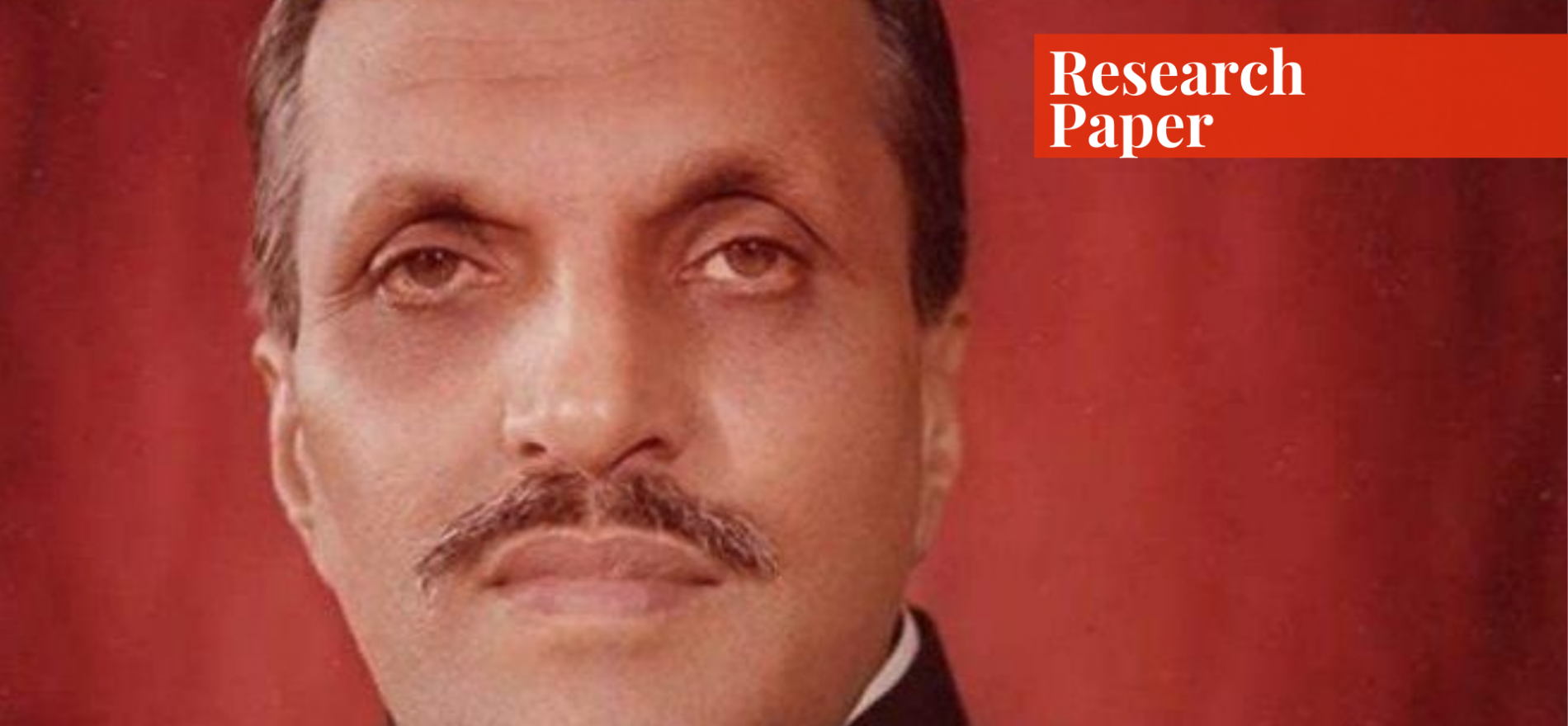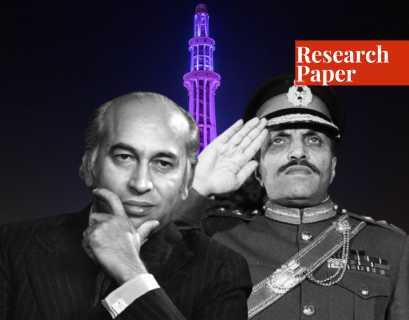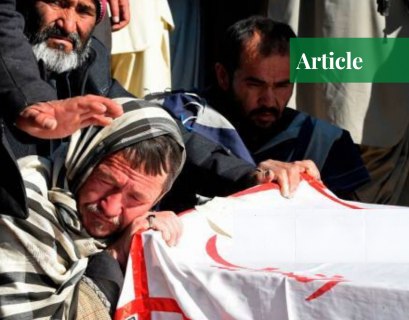Mehr works as a contributor for Paradigm Shift.
This thought paper focuses on the Islamization policies of President Zia-ul-Haq who served as head of state from 1978 until his death in 1988. After his takeover, a wave of change began in Pakistan primarily due to him bringing the country’s laws into conformity with his interpretation of the “Sharia” (Islamic law). The laws in my view have had a profoundly antagonistic aftermath on Pakistan and its people – primarily because these laws divided people along sectarian lines and unleashed a torrent of religious fundamentalism.
After the reign of Zulfiqar Ali Bhutto, General Zia-ul Haq took the reins. Many people discerned the Islamization policies of Zia as a veil for a regime that lacked authenticity. Islamization was, therefore, according to his critics, used as a political process. In the end, whatever Zia’s true motivations were, the impact was terrible on Pakistan.
His principles were met harshly by the women’s lobby and urban women especially were hit the hardest by his Islamization drive. He started Sharia benches in the High Courts and also started a Federal Sharia Court in which the ulema (clerics) were the appointed judges. The Western-educated lawyers met these particular policies with great criticism. Zia was a practicing Sunni Muslim and was employing mainly Sunni beliefs on a population that had a considerable amount of Shia Muslims as well. This was obviously not met well by the Shias who saw this as an attack on their “Islam” and viewed this as Zia asserting that Sunni Muslims are true Muslims. Zia’s anti-Shia policies eventually led to sectarian violence (Jones, 2010) and riots in Pakistan in 1983. “Sunni- Shia clashes were rare before the 1947 partition…They, started becoming commonplace in the 1980s as a result of Zia-ul Haq’s Islamization policies…..” (Grare, 2007). Historians and other commentators believe that his policies created a huge rift between Sunnis and Shias, which has not dissipated even today.
To protect their interests and rights, Shia organizations such as the Tehrik-e-Jafria Pakistan (TJP) rose to prominence. The Shia TJP’s main goal was to “protect their religious rights and prevent the Sunni majority from imposing its own interpretation of the Sharia” (Grare, 2007). The group’s creation coincided with the Shia revolution in Iran and they greatly benefited from the revolution’s fervor.
During Zia’s reign and the Sunni-Shia schism, a proxy war in Pakistan was also bubbling between Saudi Arabia and arch-nemesis Iran. Saudi Arabia was funding the Sunni madrasas and groups of Pakistan while Iran was funding the Shia counterparts. Students were also being armed with weapons, which exacerbated the security situation in the country. The emergence of politico-religious organizations like the Sipah-e-Muhammad (militant Shia group) did not help either as in response the Sunni group Jamaat Ulema e-Ahl-e-Hadith was formed which had close ties with the Saudi government. Thus, a war of attrition began between militant Shias and Sunnis battling it out at the expense of Pakistan’s general populace.
Another point the paper would want to touch upon is the Soviet-Afghan War (1979-1989), which in my view was also connected to Zia’s “Islamization” of Pakistan. Although it was successful in ridding the Soviets from Afghanistan, it proved ruinous to Pakistan’s national security in the long run. Weapons and funds from America flowed through Pakistan to the Afghan mujahedeen (some of which later became the Taliban). Although Pakistan received superfluous economic aid, it would suffer due to an unstable Afghanistan as its neighbor. During the Soviet-Afghan war, over 3 million Afghans were welcomed to Pakistan with open arms – this did not aid the already increasing population of the country. It also added new societal evils to Pakistan such as increased drug consumption, weapon proliferation, and subsequently more crimes. Lastly, post-911, the situation became even more disastrous for Pakistan. America cornering Pakistan (under President Musharraf) to aid its war on terror or else face consequences (Tankel, 2014) angered many and radicalized several groups to take arms against the state leading to an insurgency in certain parts of the country.
The Islamization policies f Zia not only affected men but affected women as well; they not only affected the cities but affected the villages too; and they not only affected Sunnis but also affected Shias. The aftermath of Zia’s Islamization has only recently plateaued with the Armed Forces of Pakistan defeating insurgents such as Tehreek-e-Taliban Pakistan (TTP). The security situation has improved drastically due to Operation Zarb-e-Azb, launched in 2014, and tourism has started bustling due to its positive effects. However, Pakistan could have avoided such an insurgency and the deaths of hundreds of thousands of Shias and Sunnis at the hands of extremists if it was not for Zia. As they say, those who do not learn from history are bound to repeat it so let us pray Pakistan does not repeat the mistakes of Zia.
Bibliography
- Grare, F. (2007). The Evolution of Sectarian Conflicts in Pakistan and the Ever-Changing Face of Islamic Violence. South Asia: Journal of South Asian Studies, 30(1), 127–143. https://doi.org/10.1080/00856400701264068
- Jones, B. H. (2010). Around Rakaposhi. Aichje Books. https://www.amazon.com/Around-Rakaposhi-Brian-H-Jones/dp/0980810728
- Tankel, S. (2016). Beyond FATA: Exploring the Punjabi Militant Threat to Pakistan. Terrorism and Political Violence, 28(1), 49–71. https://doi.org/10.1080/09546553.2013.879056
If you want to submit your articles and/or research papers, please check the Submissions page.
















